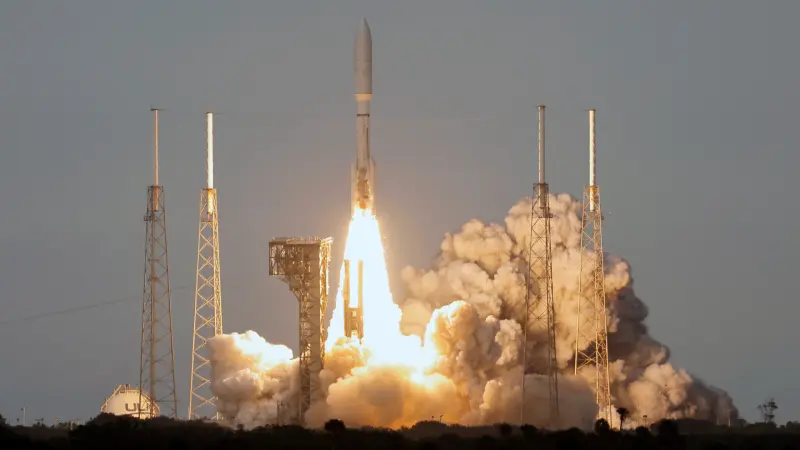Amazon has officially entered the satellite internet race. In a major step forward, the tech giant launched its first 27 Project Kuiper satellites aboard an Atlas V rocket from Florida, aiming to challenge SpaceX’s Starlink with its own global broadband network.
Project Kuiper is one of Amazon’s most ambitious ventures to date, with a $10 billion investment committed to deploying a full constellation of 2,236 satellites in low Earth orbit. These satellites are designed to deliver high-speed internet access to consumers, enterprises, and governments worldwide.
While the mission marks a milestone, the road hasn’t been without delays. The launch was postponed by over a year, pushing Amazon dangerously close to the FCC’s requirement to deploy at least half its planned fleet—1,618 satellites—by mid-2026. Industry analysts now anticipate that Amazon may request an extension to meet this deadline.
Following the launch, Amazon is expected to confirm successful contact with all deployed satellites. Its mission operations center in Redmond, Washington, will oversee the next phase. If all systems are green, initial internet services could begin rolling out later this year, starting with coverage in select northern and southern regions using just 578 satellites.
To accelerate deployment, the United Launch Alliance (ULA) has announced its readiness to support five more launches for Amazon in 2025. With competition heating up in the satellite broadband sector, Amazon’s Kuiper network is positioning itself as a formidable contender in reshaping global internet access.


